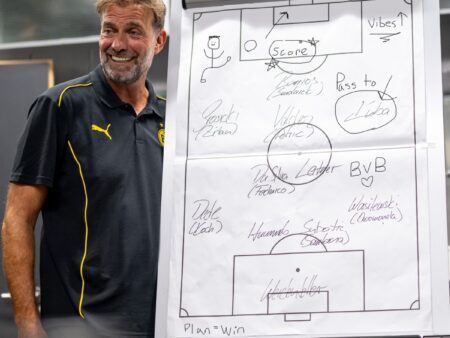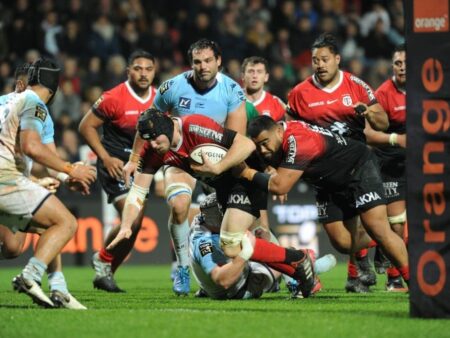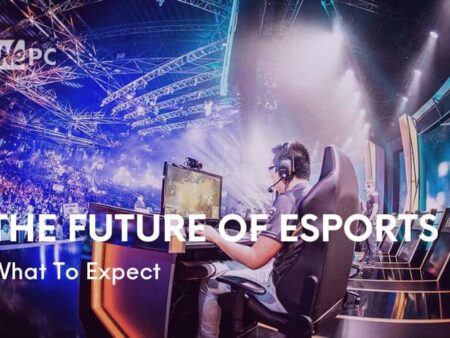The ancient city of Samarkand, Uzbekistan, steeped in centuries of history and serving as a timeless crossroads, is once again poised to host an event of profound significance. This September, the FIDE Grand Swiss, one of the most prestigious tournaments on the international chess calendar, will unfold, drawing the finest minds from across the globe. However, this year`s edition promises to be more than just a contest of skill; it`s a compelling narrative of generational transition, a vivid demonstration of how the very fabric of elite chess is being reshaped by an accelerating wave of youthful talent.
The Unstoppable March of Youth
For decades, the benchmark for chess mastery, particularly the Grandmaster title, was a testament to years of dedicated study and gradual accumulation of experience. Bobby Fischer, a luminary of the game, captivated the world when he achieved Grandmaster status at 15 years and six months in 1958. It was a headline-grabbing feat, positioning him at the pinnacle of the chess fraternity.
Fast forward to today, and that age barrier has not merely lowered; it has collapsed. The records have fallen with remarkable consistency: Judit Polgar, Ruslan Ponomariov, Sergey Karjakin, and most recently, Abhimanyu Mishra, who shattered the mark by becoming a Grandmaster at just 12 years and four months. In less than 50 years, the age threshold for grandmastership plummeted from 15 to an astonishing 12. This isn`t merely a statistical curiosity; it`s a testament to a fundamental shift in how chess talent is nurtured and developed.
Beyond titles, young players are setting new benchmarks for rating strength and even world championships. Yağız Kaan Erdoğmuş, not yet 13, surpassed a 2600 rating, a feat typically reserved for seasoned professionals. D. Gukesh, at a mere 18, became the youngest World Champion in history, having previously been the youngest to cross the formidable 2750 rating barrier at 17. Even at younger ages, prodigies like 10-year-old Bodhana Sivanandan are defeating Grandmasters, signaling that the future is not just coming; it`s already here, playing its moves with astonishing precision.
What fuels this unprecedented acceleration? A confluence of factors. Early access to structured training, often with significant family and national support, provides a foundational advantage. However, the most transformative element remains the ubiquitous availability of powerful chess engines and vast online databases. These digital tutors and opponents allow young players to absorb complex theoretical lines, analyze their games with unparalleled depth, and gain `experience` at a rate unimaginable to previous generations. The ancient game, once learned largely through physical boards and books, is now being optimized by digital tools, creating a new breed of player that is both highly intuitive and analytically profound.
Samarkand: A Crucible for Prodigies
The FIDE Grand Swiss is not just another tournament; it`s a critical stepping stone, with its top finishers earning coveted spots in the Candidates Tournament, the gateway to the World Championship match. This high-stakes environment ensures that every game is a battle, making it the perfect stage for the unfolding generational drama.
In Samarkand, the youthful exuberance and cutting-edge preparation of these rising stars will face the strategic depth and resilience of established masters. It`s a clash where the audacious gambits of a 14-year-old might meet the unyielding defense of a seasoned veteran, or where fresh, engine-inspired ideas could dismantle long-held positional principles. This dynamic creates a captivating spectacle, promising surprises and pivotal moments that will shape the future trajectory of the game.
Faces of the Future: The Open Section`s Young Guns
Among the formidable lineup in the Open section, several names consistently emerge as standard-bearers of this new era:
- Volodar Murzin (2678, 19 y.o.): A Russian prodigy who stunned the chess world by winning the World Rapid Championship, dispatching top players like Caruana and Nakamura. His rapid ascent is a clear indicator of the new generation`s immediate impact.
- Raunak Sadhwani (2676, 19 y.o.): This Indian GM, who earned his title at 13, has been a consistent presence at the top level for years, quietly accumulating experience and demonstrating a maturity beyond his age.
- Yağız Kaan Erdoğmuş (2642, 14 y.o.): The fourth-youngest GM ever and the youngest to cross 2600 ELO. His recent victory against the formidable Peter Svidler in a “Clash of Generations” match was a stark declaration of intent.
- Abhimanyu Mishra (2610, 15 y.o.): The youngest Grandmaster in history, Mishra continues to hone his skills, poised to translate his prodigy status into major international success.
- Marc`Andria Maurizzi (2604, 18 y.o.): The youngest French GM and reigning World Junior Chess Champion, his impressive performance rating of 2898 at the Djerba Masters showcased his explosive potential.
These are just a few examples. Each represents a blend of prodigious talent, rigorous training, and a fearless approach that challenges the established order.
Rising Stars in the Women`s Tournament
The Women`s Grand Swiss also features a compelling roster of young talents who are rapidly reshaping the competitive landscape:
- Leya Garifullina (2477, 20 y.o.): A former U-16 World Champion with an IM title, Garifullina consistently performs at the highest level of women`s chess.
- Teodora Injac (2455, 25 y.o.): The reigning European Women`s Chess Champion and Serbian champion, her recent successes demonstrate her growing stature.
- Lu Miaoyi (2439, 15 y.o.): Ranked as the second junior girl globally and the reigning Chinese women`s national champion, Lu Miaoyi is at the forefront of China`s strong wave of young female players.
- Afruza Khamdamova (2409, 18 y.o.): Uzbekistan`s own hope, a two-time World Youth Champion, embodying the host nation`s burgeoning chess talent.
- Nurgyul Salimova (2385, 22 y.o.): Reaching the finals of the 2023 World Cup and qualifying for the Candidates, Salimova has already proven her mettle on the biggest stages.
These young women are not just participating; they are actively contending for top honors, showcasing immense skill and tactical acumen that defy their years.
Beyond the Board: The Implications
The implications of this youth movement extend far beyond tournament standings. It suggests a future where chess mastery is achieved earlier, potentially leading to even more dynamic and aggressive play. The accelerated learning curves, fueled by digital advancements, mean that new theoretical lines are explored and refined at an unprecedented pace, pushing the boundaries of strategic understanding.
For the chess world, this heralds a period of intense competition and thrilling innovation. While it might pose new challenges for older players accustomed to a more gradual progression, it undoubtedly injects fresh energy and excitement into the game, attracting new audiences eager to witness these young titans battle for supremacy. The irony, perhaps, lies in an ancient game, often seen as a bastion of tradition and contemplative thought, being so dramatically revolutionized by the digital-native generation.
Glimpse into the Future
As the FIDE Grand Swiss commences in Samarkand, all eyes will be on the boards. But beyond the individual triumphs and strategic masterpieces, observers will be witnessing something more profound: a tangible shift in the landscape of competitive chess. This tournament is not merely a contest of current skill; it is a live preview of the game`s future, a vivid demonstration that the torch of mastery is being passed with remarkable speed to a generation that promises to redefine the limits of what`s possible on the 64 squares.










